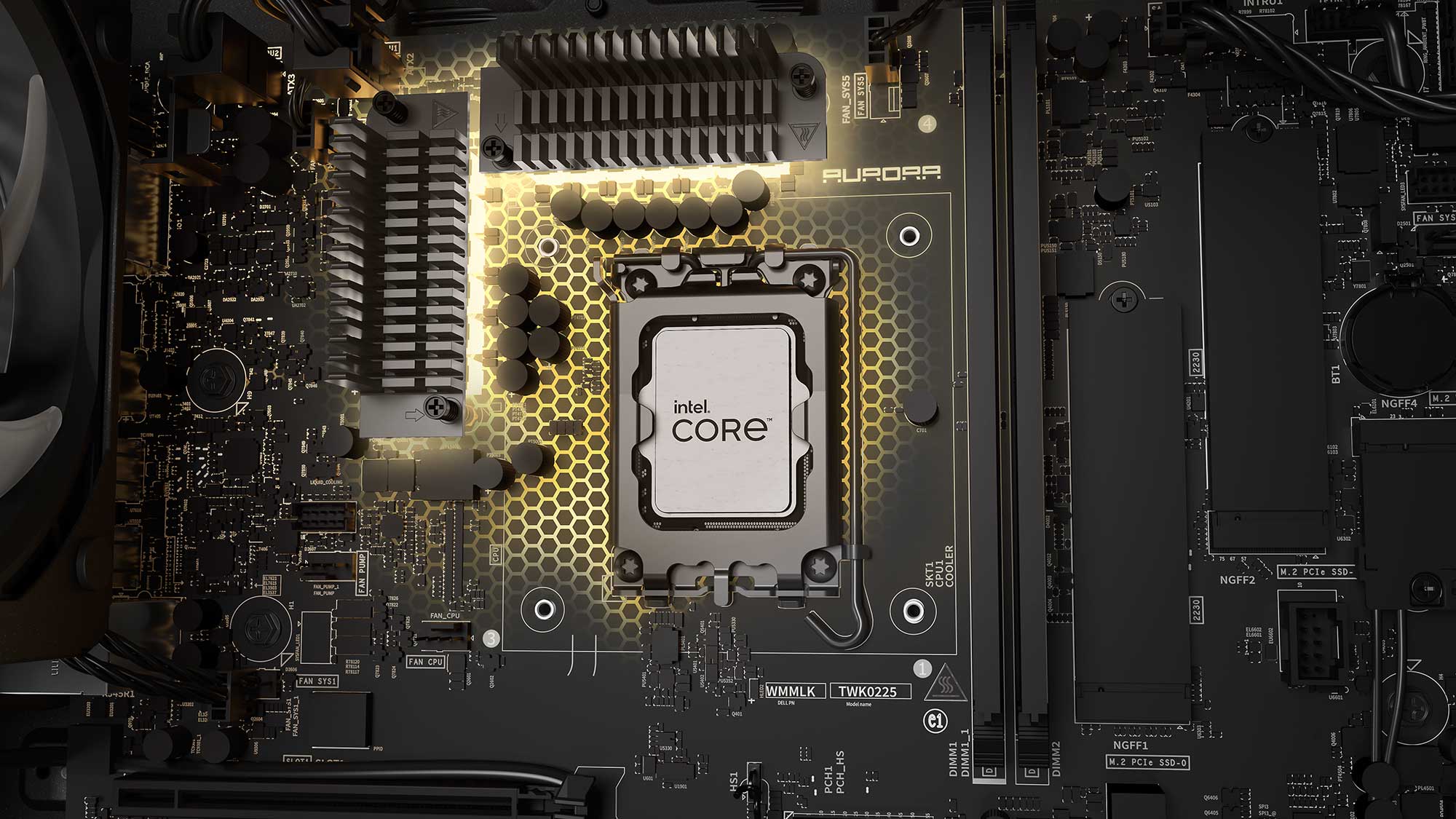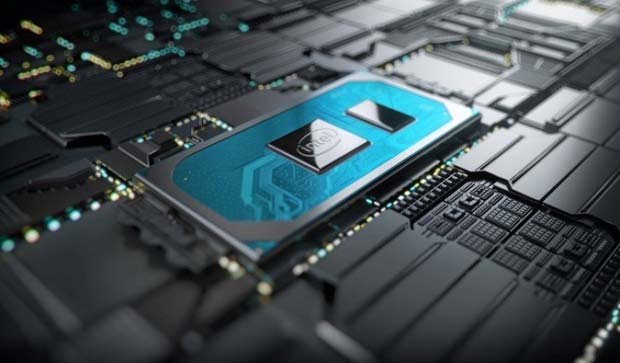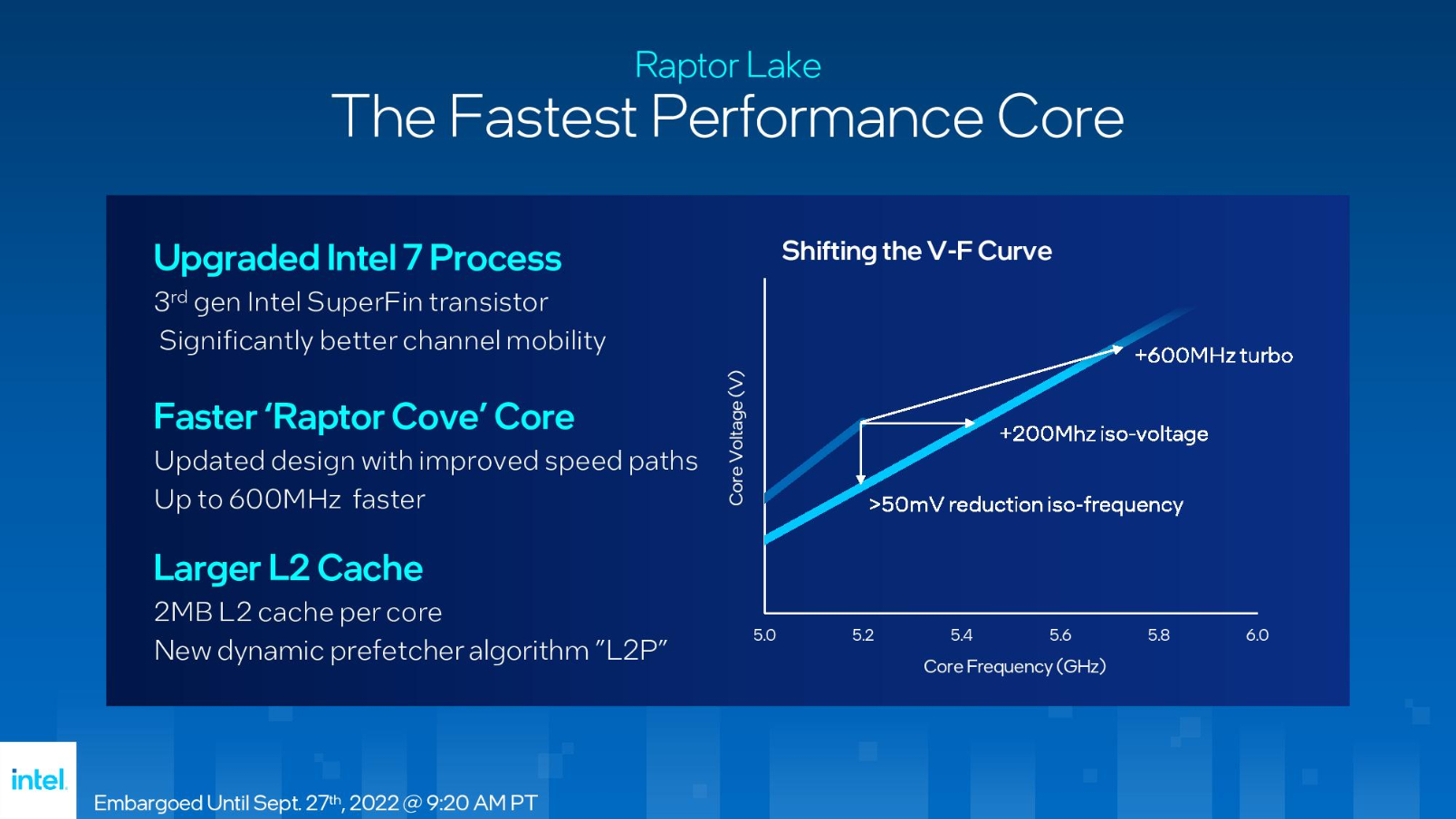Intel Raptor Lake vs Alder Lake — should you buy the new Intel CPU?
Intel's new 13th gen Core CPU promises to improve on Alder Lake

Intel officially announced its 13th gen “Raptor Lake” desktop CPUs. Despite using the same Intel 7 process utilized for last generation’s Alder Lake chips, the new CPUs promise to deliver improved performance and efficiency by increasing the core count. The Core i9-13900K will ship first, with the other processor models following in its wake. If you’re in the market for a new CPU or don’t care about AMD’s newly released Zen 4 Ryzen 7000 processors, a 13th gen Intel Core CPU might be in order.
But should you upgrade? Does Raptor Lake provide a significant improvement over Alder Lake? Below, we’ll compare Intel’s current and last-gen chips to see how they measure up against one another.
Intel Raptor Lake vs Alder Lake: Price and availability
Intel’s 13th gen Core processors launch on October 20, 2022. The line will consist of three models: the Core i5-13600, Core i7-13700 and flagship Core i9-13900. Intel says it will eventually release 22 Raptor Lake desktop CPUs.
Pricing remains the same as Alder Lake chips. The only chip receiving a price increase is the $319 Core i5-13600K, which costs $20 more than the Core i5-12600K. The $294 KF variant sees a $30 price bump from its predecessor. We should note that all of these are Intel’s suggested prices. It’s possible some retailers may charge more for the CPUs.
The last point about pricing is worth considering since the cost of Alder Lake chips has risen due to the global semiconductor shortage. Based on our perusal of sites like Amazon and Best Buy, prices for last-gen Intel chips seem to be about $20-30 more than they were at launch – though some vendors do still sell at the original MSPR.

At standard prices, you can order from your choice of two Core i5, Core i7, or Core i9 Alder Lake CPUs, with prices ranging from $264 to $589. At the lowest end you can get a Core i5-12600KF for an MSRP of $264, or a Core i5-12600K for $289. A Core i7-12700KF will run you $384, while the Core i7-12700K is $409. At the high end, a Core i9-12900KF will set you back $564, while a Core i9-12900K costs $589. But as we said, some retailers may sell these chips for higher than MSPR.
Both Raptor Lake and Alder Lake come in two varieties – one chip with integrated graphics and one without, as denoted by the K and KF suffixes. K variants come with integrated graphics, while the cheaper KF variants do not. So if you're planning to slot one of these into a desktop with a discrete GPU, you're probably fine with the cheaper chip.
Get instant access to breaking news, the hottest reviews, great deals and helpful tips.
It’s difficult comparing prices since some retailers won’t adhere to Intel’s suggested MSRP. With that said, Raptor Lake chips are generally on-par with their last-gen counterparts with regard to price. By that measure, you can say they offer a better value due to their advertised improvements.
Intel Raptor Lake vs Alder Lake: Performance and specs
Raptor Lake chips are built on the Intel 7 process, which is the same process last-gen Alder Lake processors are built on. The new CPUs have both Performance (P-cores) and Efficiency cores (E-cores), which help divide the workload to increase overall performance.
The Core i9-13900K has 24 cores divided into eight P-cores and 16 E-cores, while the Core i5 13600 models have 14 cores (6P and 8E). The number of P-cores remains the same as on Alder Lake but the entire line has more E-cores than last gen – landing at four additional E-cores for the Core i5 and Core i7 chips and eight more E-cores for the Core i9. Intel claims the CPUs deliver up to 15 percent better single-threaded performance and up to 41 percent multi-threaded performance.
| Header Cell - Column 0 | Core i9-13900K | Core i9-13900KF | Core i7-13700K | Core i7-13700KF | Core i5-13600K | Core i5-13600KF |
|---|---|---|---|---|---|---|
| Price (recommended) | $589 | $564 | $409 | $384 | $319 | $294 |
| Cores/threads | 24 cores / 32 threads | 24 cores / 32 threads | 16 cores / 24 threads | 16 cores / 24 threads | 14 cores / 20 threads | 14 cores / 20 threads |
| P-Core base / boost | 3.0 / 5.8 GHz | 3.0 / 5.8 GHz | 3.4 / 5.4 GHz | 3.4 / 5.4 GHz | 3.5 / 5.1 GHz | 3.5 / 5.1 GHz |
| E-Core base / boost | 2.2 / 4.3 GHz | 2.2 / 4.3 GHz | 2.5 / 4.2 GHz | 2.5 / 4.2 GHz | 2.6 / 3.9 GHz | 2.6 / 3.9 GHz |
| Cache (L2+ L3) | 68MB (32+36) | 68MB (32+36) | 54MB (24+30) | 54MB (24+30) | 44MB (20+24) | 44MB (20+24) |
| TDP (base / turbor) | 125W / 253W | 125W / 253W | 125W / 253W | 125W / 253W | 125W / 181W | 125W / 181W |
Power requirement sees a spike across the entire lineup. Raptor Lake chips all have a base power of 125 watts. However, the Core i7 and Core i9 each require 253 watts for max turbo power. In contrast, the 12th gen Core i9 required 241 watts while the Core i7 required 190 watts.
Raptor Lake supports faster DDR5-5600 and DDR5-2200 memory but will maintain DDR4 compatibility for those not ready to purchase a new motherboard. Intel will launch the Z790, which is the first of the new 700-series of motherboards. Budget-friendly B- and H-series boards are set to arrive alongside the remaining Raptor Lake line. The 13th gen Core chips support 16 lanes of PCIe 5.0 and four lanes of PCIe 4.0.
While base frequencies are lower when compared to last-gen, boost frequencies are up. The most notable example is the Core i9 models that can attain up to 5.8GHz, which is 600MHz above the Core 12900K. Similarly, the new Core i7 sees a 400MHz bump while the Core i5 is 200MHz more.
| Processor | Cores | Threads | Graphics | Base clock speed in GHz | Max clock speed (single core) | Max Intel Turbo Boost clock speed (all cores) | MSRP | Power range |
|---|---|---|---|---|---|---|---|---|
| Core i9-12900K | 16 (8P + 8E) | 24 | Intel UHD Graphics 770 | 3.2 (P-core), 2.4 (E-core) | 5.1 (P-core), 3.9 (E-core) | 5.2 GHz | $589 | 12-28W |
| Core i9-12900KF | 16 (8P + 8E) | 24 | None | 3.2 (P-core), 2.4 (E-core) | 5.1 (P-core), 3.9 (E-core) | 5.2 GHz | $564 | 12-28W |
| Core i7-12900K | 12 (8P + 4E) | 20 | Intel UHD Graphics 770 | 3.6 (P-core), 2.7 (E-core) | 4.9 (P-core), 3.8 (E-core) | 5.0 GHz | $409 | 12-28W |
| Core i7-12900KF | 12 (8P + 4E) | 20 | None | 3.6 (P-core), 2.7 (E-core) | 4.9 (P-core), 3.8 (E-core) | 5.0 GHz | $384 | 12-28W |
| Core i5-12900K | 10 (6P + 4E) | 16 | Intel UHD Graphics 770 | 3.7 (P-core), 2.8 (E-core) | 4.9 (P-core), 3.6 (E-core) | N/A | $289 | 12-28W |
| Core i5-12900KF | 10 (6P + 4E) | 16 | None | 3.7 (P-core), 2.8 (E-core) | 4.9 (P-core), 3.6 (E-core) | N/A | $264 | 7-15W |
Alder Lake chips were the first Intel desktop x86 CPUs built on a hybrid architecture. That means they have a set of high-powered performance cores and a group of weaker, high-efficiency cores on each chip, as well as an embedded microcontroller called the Intel Thread Director which aims to intelligently manage workflows across all cores for optimal performance. Raptor Lake chips utilize these same features.
These were also the first Intel desktop CPUs to use DDR5 RAM and be built on a 7-nanometer process, an improvement over the 10nm process used in Intel's 11th Gen Tiger Lake CPUs. AMD is using TSMC’s 5nm process for its Zen 4 chips, though we’ve yet to see if this will offer a significant improvement over the new Raptor Lake CPUs.
Intel Raptor Lake vs Alder Lake: Graphics and game performance
A direct comparison isn’t yet possible since we've yet to test Raptor Lake’s gaming performance. Intel claims the Core i9-13900K is on par with the 12900K performance at 65W. The company also claims the new model is up to 37% faster with the same 241W power draw. Intel promises that the 24-core chip can deliver higher frames per second (FPS).
The company also says the Core i9-13900K is 5% faster than its last-gen counterpart in more than half of the 32 games it tested and up to 25% faster in others (via Tom’s Hardware). Tom’s Hardware tested the Ryzen 9 7950X and found it about 5% faster in gaming than the Core i9-12900K. That being the case, it seems Intel and AMD’s new CPUs could be on-par in terms of gaming – but that’s a comparison we’ll save for another day.

Intel marketed the top-of-the-line Core i9-12900K as "the world’s best gaming processor," claiming it can deliver up to 28% more frames per second in Hitman 3, up to 24% better FPS in Counter-Strike: Global Offensive, and up to 23% more FPS in Far Cry 6. These comparisons are based on Intel's own testing against its old Core i9-11900K CPU using a 1080p Windows 11 Pro system with an Nvidia RTX 3090 GPU, and they suggest that at least at the high end, Alder Lake CPUs deliver a significant performance improvement over Intel's old Tiger Lake chips.
We’ve tested plenty of the best gaming PCs and the best computers with Alder Lake CPUs and can vouch for their strong gaming performance. Even if Raptor Lake offers a big jump over Alder Lake in our benchmarking, the CPU shouldn’t be discounted. It’s currently capable of running the best PC games at solid frame rates and should continue doing so in the near future. Sister site Tom’s Hardware conducted its own Alder Lake gaming benchmarks which illustrates this point.
Intel Raptor Lake vs Alder Lake: Outlook
Intel’s 13th gen Core CPUs will be here soon. Based on everything the company has detailed, the new chips are an improvement over Alder Lake. The new processors should also fare well against the recently released AMD Ryzen 7000 CPUs. All of this makes for an exciting time if you’re a PC enthusiast. As always, we want to conduct our own tests on Raptor Lake CPUs and computers like the new Alienware Aurora R15 which packs the new processor to see how the Intel chip stacks up.
With that said, if you’re happy with the performance provided by your Alder Lake CPU, then you can probably wait a while before upgrading – if you even want to upgrade at all. If the world’s state was anywhere near normal, Alder Lake chips would have likely dropped in price and thus been more enticing. However, since both new and old chips basically cost the same, you might be better off buying a Raptor Lake CPU if you have the chance.

Tony is a computing writer at Tom’s Guide covering laptops, tablets, Windows, and iOS. During his off-hours, Tony enjoys reading comic books, playing video games, reading speculative fiction novels, and spending too much time on X/Twitter. His non-nerdy pursuits involve attending Hard Rock/Heavy Metal concerts and going to NYC bars with friends and colleagues. His work has appeared in publications such as Laptop Mag, PC Mag, and various independent gaming sites.
